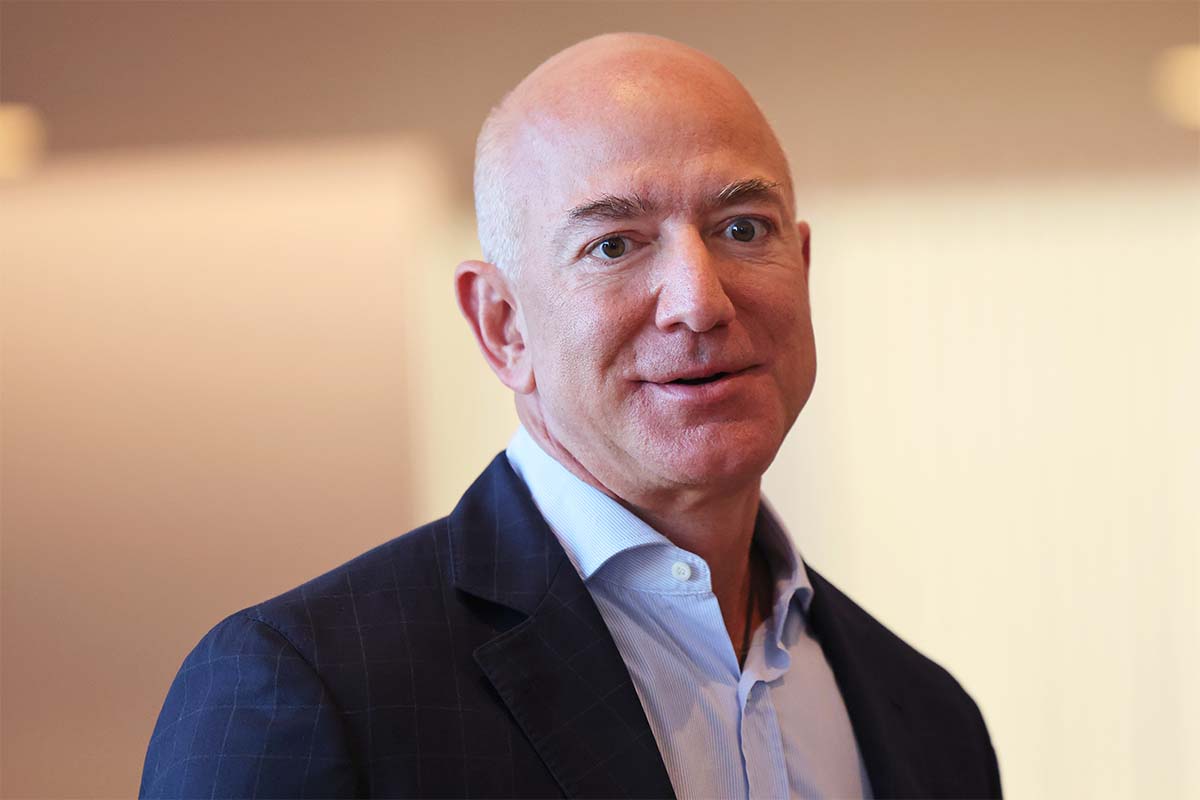Maybe not all the rich get richer. But most of them do … and it appears that a growing number of them aren’t doing as much as they traditionally have to help others.
Those are a few conclusions you can make from the release of the annual Forbes 400, aka “the definitive ranking of the wealthiest Americans in 2021.” As the publication notes, the 400 wealthiest in our country saw their collective fortune increase 40% over the last year to $4.5 trillion.
That said, not everyone got richer, and with 44 new names on the list, that meant some 2020 billionaires no longer have bragging rights (just a lot of money). Interestingly, each 400 member was also given a Philanthropy and Self-Made score by Forbes, which is where the real fun begins.
A few general takeaways from the list:
- Even getting on the list now requires a minimum net worth of $2.9 billion, up $800 million from 2020.
- Those who are rich aren’t necessarily sharing their wealth: Forbes 400 members who gave away more than 20% of their net worth since last year’s list dropped from ten to eight. And those who gave away less than 1% of their wealth actually rose from 127 to 156.
- Only 56 of the 400 people on the list are women (Alice Walton, of Walmart wealth, is highest at #12).
As for individuals:
- Amazon founder Jeff Bezos, even post-divorce, tops the list with a net worth of $201 billion, an increase of $22 billion since 2020’s list. He also scored the lowest for Philanthropy (1 out of 5).
- Elon Musk, in second place, saw his personal wealth almost triple in the last year.
- Warren Buffett, the only person in the top 10 to score a 5 for Philanthropy, saw this net worth increase by $28.5 billion.
- Bill Gates’s rank on the list is the lowest it’s been in 30 years (#4), which Forbes suggests was due to stock transfers during his divorce. While no longer first or second on the list, the Microsoft founder did see his fortune jump $23 billion.
- For the first time since 1995, Donald Trump is not on the list. “If Trump is looking for someone to blame, he can start with himself,” Forbes notes. “Five years ago, he had a golden opportunity to diversify his fortune. Fresh off the 2016 election, federal ethics officials were pushing Trump to divest his real estate assets. That would have allowed him to reinvest the proceeds into broad-based index funds and assume office free of conflicts of interest.”
And finally, the youngest person on the list is also new to the Forbes 400: Sam Bankman-Fried, 29, who has amassed a $22.5 billion fortune and now ranks at #32 on the list due to the growth of FTX, the cryptocurrency exchange he founded two years ago. While the publication says Bankman-Fried (quite the perfect name) is “intent on making as much money as possible so he can give away as much as possible where it’s most needed,” he hasn’t started on that path quite yet: his Philanthropy score sits at 1.
According to the magazine’s methodology, Forbes editors start with 750 names and then conduct a variety of interviews (both with the candidates and people who work with them). They also examine Securities and Exchange Commission documents, court records, probate records and news articles, and consider a wide variety of assets, along with revenue/profit estimates of private businesses. Married rich couples were included; those with “dispersed family fortunes” were not.
Thanks for reading InsideHook. Sign up for our daily newsletter and be in the know.
